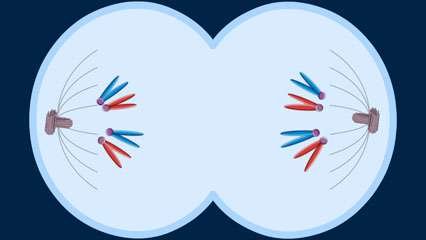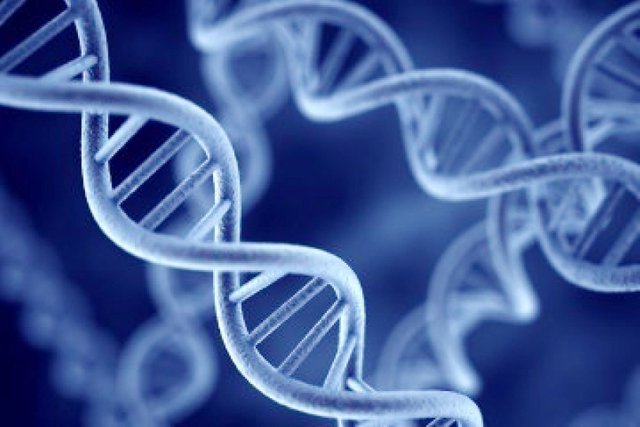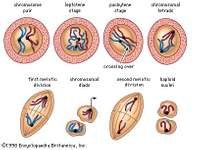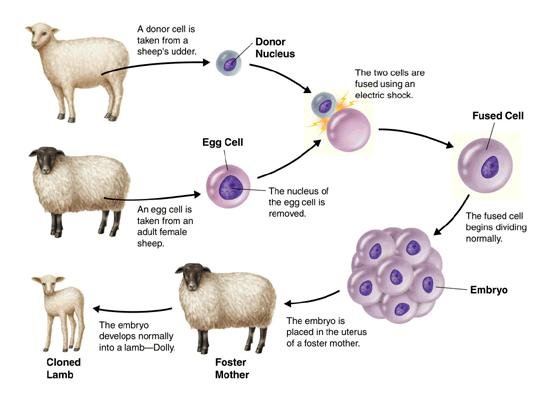Is Cloning Really like the movies? how convenient it would be
Is Cloning Really like the movies?
Good day steemians, this would be my very first post on steemstem. I hope it’s as informative and fun as I wish it to be, and I hope I find the time to do this more often.
Today, I would be attempting to talk about CLONING as simple as possible, so I might be using some unusual words or illustrations. I hope the veterans forgive me for this, it is only an attempt to carry as many people along as possible while trying to make the whole concept of genetics less abstract.
Do you need a strong genetics knowledge to understand this post? no you dont.
Sit back, get a cup of coffee, you should enjoy this. Here goes:
Is Cloning really what science fiction movies paint it to be? I saw a movie once, and a man was put into a machine to be cloned… you guessed it! A perfect replication came out from the other end of the machine. Convenient right? I know. And hilarious I must add. Don’t we all wish it was that simple? Anyways, the imaginations made childhood awesome.
Mind you, if you are not yet ready to let go of those childhood fantasies, I recommend you stop reading right here. The rest of us can continue. Unfortunately I have to take the responsibility of being the one to tell us that cloning is not as easy as it was in those movies.
Simply put, a clone is an identical copy of something or someone. Say if a perfect copy is made from an original, the copy is said to be a clone. Like the case of a photocopy or a faxed document. Are we together? However, the word cloning is majorly used when referring to an identical copy of a cell or an organism.
“In Biomedical research, cloning is broadly defined to mean the duplication of any kind of biological material for scientific study.” britannica.com
I would be assuming you guys have a basic knowledge of Meiosis and Mitosis from Biology, so I’m only going to be dropping the definitions, which I believe would be useful for the sake of this study.
Meiosis: a type of cell division that results in four daughter cells each with half the number of chromosomes of the parent cell, as in the production of gametes and plant spores. dictionary
Mitosis: a type of cell division that results in two daughter cells each having the same number and kind of chromosomes as the parent nucleus, typical of ordinary tissue growth. dictionary

image
However If you would still like me to write something about it, kindly let me know in the comments section.
Generally, we have 2 types of cloning:
Natural cloning:
Wow… cloning occurs in Nature? Sure why not?
“In nature, some plants and single-celled organisms, such as bacteria, produce genetically identical offspring through a process called asexual reproduction. In asexual reproduction, a new individual is generated from a copy of a single cell from the parent organism.” www.genome.gov
“Natural clones, also known as identical twins, occur in humans and other mammals. These twins are produced when a fertilized egg splits, creating two or more embryos that carry almost identical DNA. Identical twins have nearly the same genetic makeup as each other, but they are genetically different from either parent.” www.genome.gov
I know it sounds interesting, but the attention is not on Natural cloning. Let’s take a look at its counterpart.
Artificial cloning:
Obviously artificial cloning is the type of cloning that is done with the intervention or manipulation from humans. This is where the “sciency” part happens.
As it stands, we have 3 types of artificial cloning:
Gene cloning, Reproductive cloning and Therapeutic cloning
Gene cloning:
Is the process by which copies of genes to be studied are duplicated. It is basically cloning DNA, and it is the most common and most successful type of cloning around.
How is it done?
The gene of importance is identified and removed from the organism of interest and then inserted into the genetic material of another organism called “vector” (as in carrier) most common carriers used are Bacteria and Yeast.
The vector is the subjected to some conditions that allows the genes multiply. And whola… you have multiple copies of your desired gene.
Gene cloning technology has been the reason behind most of the genetically improved products or organisms popularly known as GMOs
Reproductive cloning:
To understand the concept of reproductive cloning, we need to understand that we have two types of Cells i.e. Somatic cells and Germ cells.
A major difference between these cells is the way they divide (the former via Mitosis and the later via Meiosis). Bear in mind that as humans, you have both types of cells. In short all cells in your body are somatic cells except your reproductive cells i.e. the sperm and egg cells, these are the germ cells.
How is it done?
A matured somatic cell of the organism you want to copy is collected, and the nucleus is removed (since it’s the nucleus that contains the DNA, which is what carries the genetic identity). An egg cell too is extracted and the nucleus carrying DNA is removed as well, which makes the egg cell an empty cell… a form of house to accommodate the nucleus of the somatic cell of the organism you wish to clone. (It’s like forcing a family out of their home, only to bring another family in their stead.) After which electrical current is used to fuse the egg cell and the new nucleus together, creating an embryo. The embryo is later transferred to a surrogate mother, and would be carried to term if successful.
The embryo would carry the same genetic material as the donor of the somatic cell, which makes the resulting offspring a clone.
Now to the question I’m sure would be in the mind of one or two of you.
Would the clone look perfectly like the original?
Bear in mind that the way you look is a result of your genes and your environment so environmental conditions may influence the offspring’s look, and the genes are assorted independently of each other, so the answer would be NO! They might look alike, but not a perfect replica like we see in movies. What makes them clones is their genetic identity, which in the real sense is the real determinant of an entity.
Therapeutic cloning:
The only difference between reproductive and therapeutic cloning is that the embryo would not be carried to term. In other words they would not be given birth to. Instead, the stem cells (mass of undifferentiated cells) would be harvested for therapeutic purposes to replace damaged cells, tissues, organs or nerves without the risk of the immune system rejecting it, since it’s basically from a clone.
Because the stem cells has a unique ability to be cultured into any form of cell or tissue
Now you understand?
However the embryo would not survive the process of the stem cell extraction, which implies that the embryo would have to be sacrificed. This has raised a lot of ethical and religious controversies which is part of what makes this kind of cloning less popular even with its immense potential application.
in Conclusion
- i'm sorry for ruining some of those cherished imaginations, but i believe we have been able to learn one or two new things about the process of cloning.
- allow me to add that unlike in the movies, the clone comes out as babies and not fully grown adults.
you would also require a foster mother to bring the embryo to term. (requires due process). - reproductive and therapeutic cloning is considered inefficient because of the high cost and its low probability for success. (Note that it took over 200 attempts to produce the first cloned sheep {dolly})
- as normal as it may seem in the movies, cloning is one aspect of biotechnology that raises a lot of ethical, religious, social and moral controversies. (i just might be obligated to write about it soon too)
- and NO! cloning is not like in the movies.
References
https://www.genome.gov/25020028/cloning-fact-sheet/
https://www.britannica.com/science/mitosis
https://www.britannica.com/science/meiosis-cytology
https://www.britannica.com/science/cloning
Did you find this article informative? Kindly upvote, resteem and leave a comment.



You can always contact people on the steemstem discord for guidance on the use of markdown. Here's the link to the discord: https://discord.gg/4QMA6M
You also need help on sourcing copyright free images as some of the images in the article are not free. Also, some of the work was found copied from another website. Steemstem will not support such an endeavour. Feel free to join us on discord to know the do's and don'ts. Thank you
I'm actually new here.
Thank you for your comment.
Would be back and better